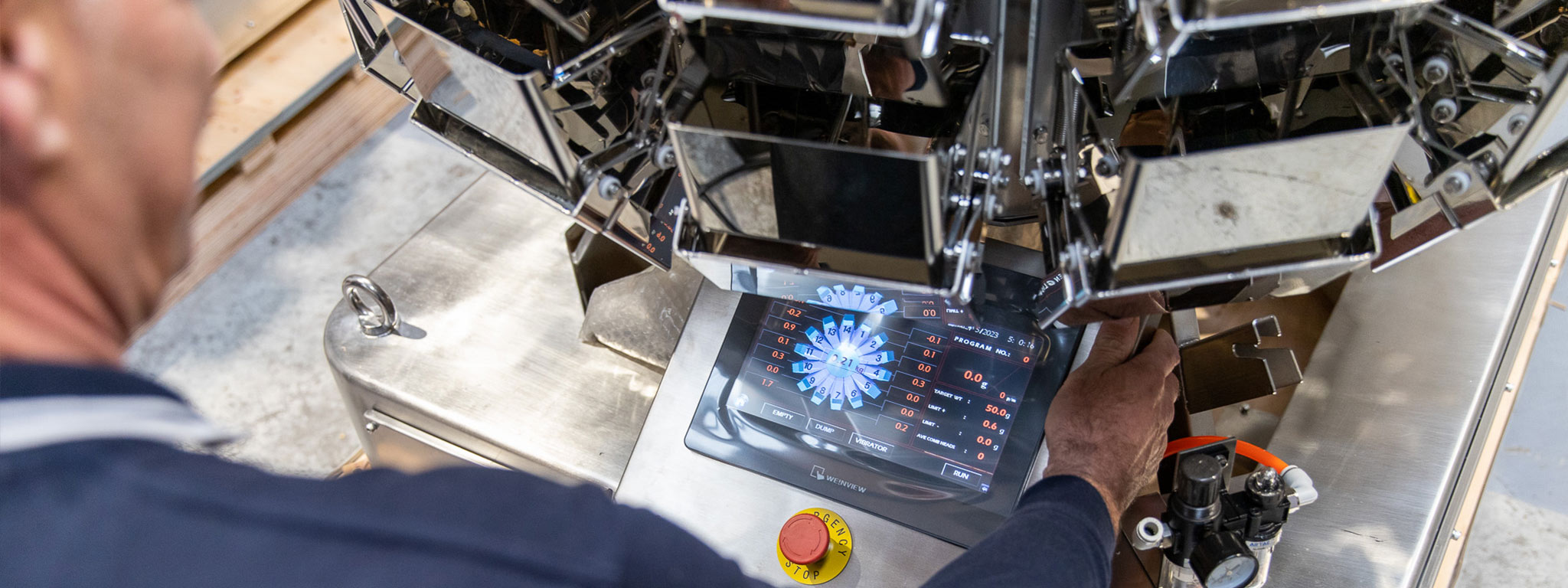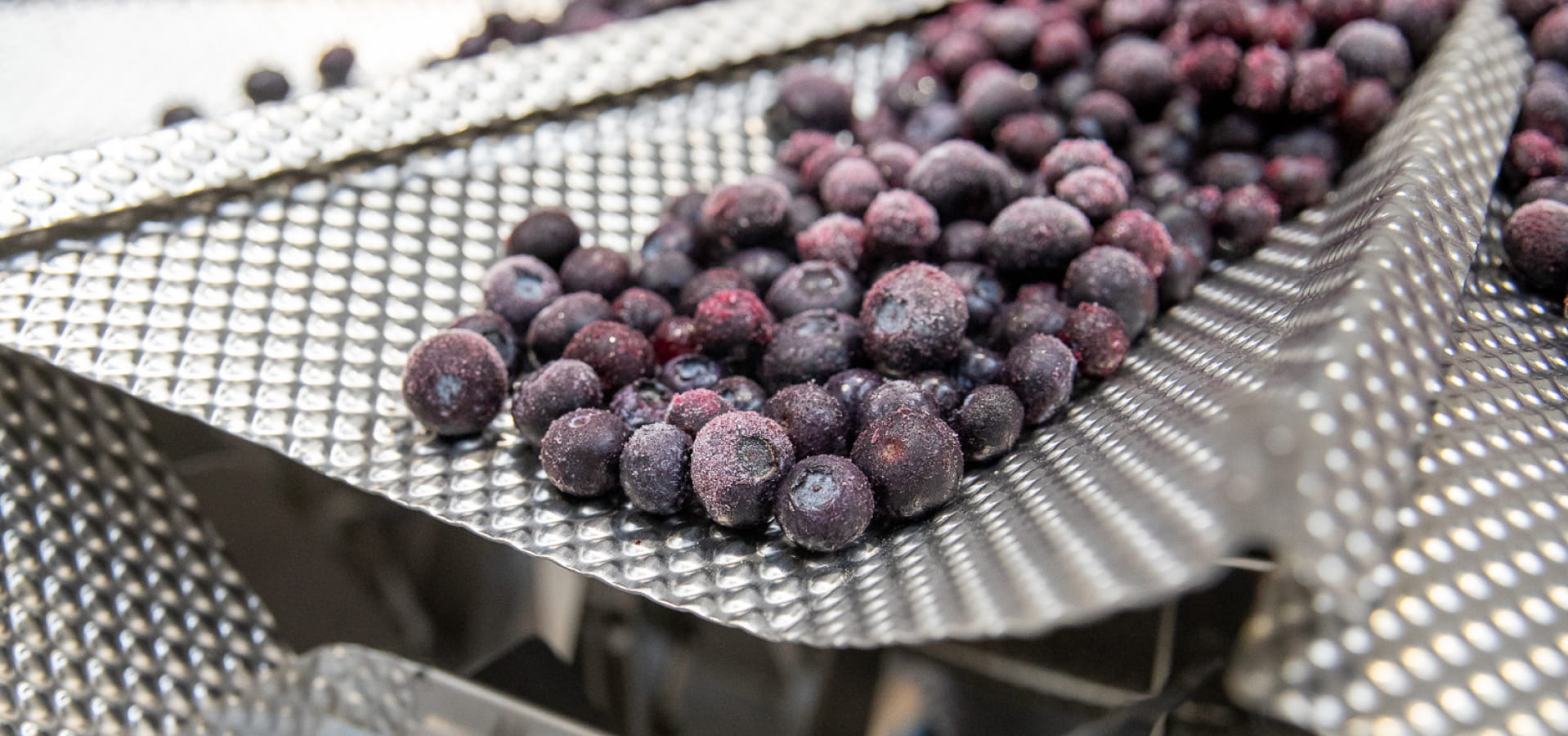The number of bags a food packaging machine can fill per minute varies based on the type of machine, the size and type of bags being filled, the type of product being put into the bags, and how accurate you need the fill quantity to be.
For example, a high-speed automatic packaging machine designed for small snack bags, like lollies, seeds, or nuts, can fill hundreds of bags per minute, while a semi-automated machine for a small bakery might complete 10-15 per minute depending on what the product is.
It also depends on how complex the filling process is. You need to factor in whether the weighing and sealing is automated or manually done by packing staff, as these can also affect the speed of production.
Our artisanal batch producing customers typically use semi automated packaging machines that run 10-15 bags per minute.
In this article we look at the different speed options when it comes to food packaging machines:
Getting the right packing machine for your business
“The primary consideration needs to be what output do you require per product type?,” says Clark Dury, Managing Director, Accolade Packaging.
“Because that’s the key. You might need a mass of output. But if you’ve got 500 different products, packaging automation isn’t necessarily for you,”
Faster packing rates – automated machines
A fully-automated line, although flexible, will usually require a lot of setup.
“For example, for a coffee roaster filling bags with coffee beans, it would take quite a long time, and you’re talking perhaps an hour to change between pouch sizes,” explains Clark.
An automated food packaging machine has an enormous amount of moving parts, and they need to be adjusted to open the pouch, grab the pouch correctly, open it correctly, and fill it, then weigh and seal it, and add a date code.
A typical horizontal flow wrap machine is capable of pack rates of 100-200 items per minute. This suits products like pies, chocolate bars, cookies, biscuits, cakes, cucumbers and tomatoes.
But it’s not always the best option, depending on your business. It’s a volume per SKU issue, explains Clark: “So if you’ve got a wide range of products, even though you’re a large producer, automation may not be for you and in fact, a semi-automated machine might be more flexible for what you need.”
More flexibility – semi-automated machines
For small businesses just starting out, they usually want to keep the packaging machine capital cost low. But the trade-off is lower output and a higher labor component.
Because you physically have to seal something yourself then put it to one side, there’s a lot of time and movement required, but it’s very quick to swap over because you can just pick up a different size pouch, fill that and then seal that or a different size bag. This gives you more flexibility with small batches.
With pouch filling machines, a semi automated system is much quicker to change over, but you can still get a medium output.
Low capital cost – low speed machines
There are plenty of low-speed packaging machines to choose from too. One type popular with our New Zealand small business clients is single head linear weighers. They’re perfect for low speed free flowing products like coffee beans, powders, spices, or dried fruit.
Depending on the weight, volume, and product, it’s possible to run the line at speeds of up to 10 dumps per minute, with good accuracy – but this is always best tested by the install technicians to confirm ‘real’ production speeds by product.
For an in-depth look at which machines are commonly used for food packaging, read this article. Or if you’re curious to learn about the different types of food packaging materials, you’ll like this article.
To get an accurate estimate of the fill rate for a specific packaging machine, we always recommend you check the manufacturer’s guidelines and do your research. If you still aren’t sure or just want to ask some advice, talk to us and we will be happy to make a recommendation for what we would choose if we were in your shoes.

